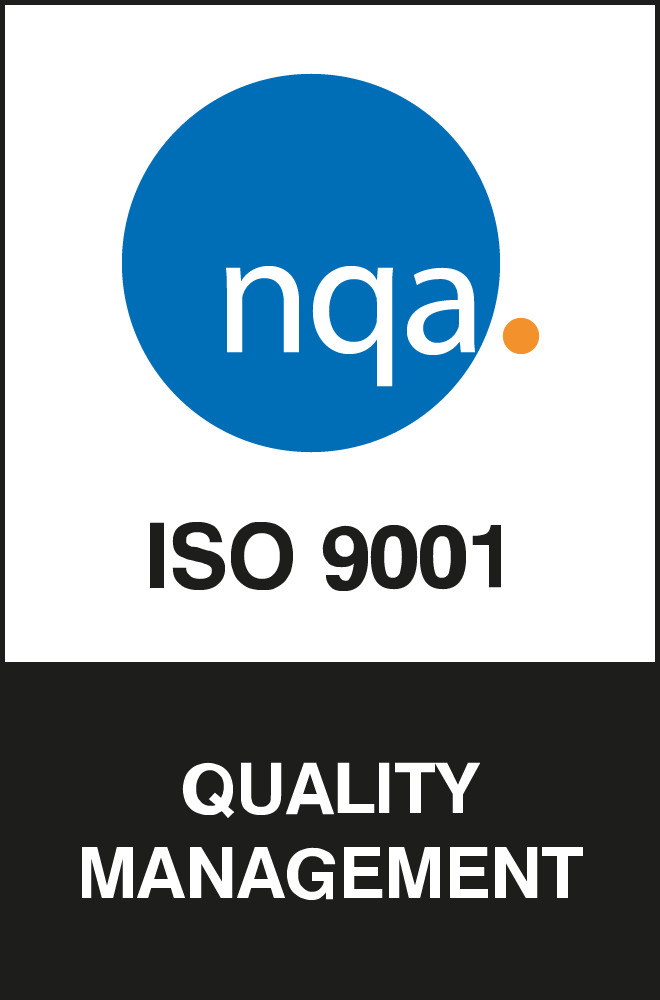The agriculture sector is undergoing a huge digital transformation, which many are calling Agriculture 4.0.
Agriculture 4.0 is the future of agriculture and will see huge innovations in farming technology that helps agricultural professionals to address long-standing industry challenges and improve efficiency for various processes.
Read on to find out more about the key agritech trends for 2023 and the years following.
RFID and Blockchain for Improved Supply Chain Transparency
Blockchain is being used to improve supply chain management in every sector at the moment, and the agricultural industry is no exception to this innovation.
As well as this, the added support from RFID (radio frequency identification) is helping the technology be used to its full potential.
When unsafe crops have to be recalled from supermarket shelves due to health concerns, a lot of additional food is wasted just in case it has been affected by the same issue.
RFID is used to tag crops, animals and produce with a distinct ID number which can be used in conjunction with blockchain to track individual pieces of food throughout the entire supply chain.
This puts a stop to unnecessary food waste as unaffected produce won’t be recalled and can be sold as normal thanks to the improved accuracy in the supply chain. This will benefit the revenue of many farmers and food producers in the long run whilst reducing food waste which is known to negatively impact the environment.
Customers can also trace their food back to its source immediately, creating better supply chain visibility and improving trust between consumers and producers.
IoT Sensors for Enhanced Crops Monitoring
IoT sensors can help farmers monitor crop health and growth, assess the health of livestock and optimise predictive maintenance for machinery.
Accurately monitoring crop growth is vital for improving yield and ensuring that produce targets are met.
The output of machinery can also be monitored so that repairs or replacements can be made before the tool becomes obsolete. This saves time and prevents delays in processes where the tool in question is integral.
Data-Driven Farming
With Agriculture 4.0 on the horizon, experts predict that farmers will move towards farming strategies that are based on personalised data, rather than data produced for the masses.
Software that visualises complex data drawn from several different sources including IoT devices, weather information and Big Data will become even more essential for farmers to improve their productivity and maximise efficiency.
With bespoke software that displays this data, optimal decisions about planting, harvesting and everything in between can be made, leading to holistic improvements to farming businesses.
Artificial intelligence is also playing a large role in improving decision making for farming businesses.
In the future, farmers will incorporate changing consumer demand data to inform what kind of crops customers will want from them next, as opposed to relying on historical data. This means supply chain agility and dynamism will be key for lasting success.
Indoor Vertical Farming
Despite the higher costs, vertical farming is a rapidly growing trend in the agriculture industry. Indoor vertical farming refers to the construction and operation of vertical surfaces that food and crops can be grown on inside of buildings.
There are several positives and drawbacks for vertical farming:
Positives of Vertical Farming
- Produce is protected from harsh weather conditions.
- Water usage is minimised.
- Crop yield is drastically increased.
- There is a reduced likelihood of pathogen spread such as e-coli in lettuce.
- Food can be produced closer to urban areas where demand is high, reducing emissions produced during transportation from farms in rural areas.
Drawbacks of Vertical Farming
- Vertical farming is not suitable for larger crops such as watermelons or pumpkins
- It’s estimated that vertical farming is 3-5 times more expensive than conventional farming.
- Huge amounts of electricity are needed to consistently operate vertical farms.
- Compared to traditional farms, vertical farms do not require as many people to operate as most tasks are automated which could lead to mass job losses.
In light of these advantages and disadvantages, we expect vertical farming to remain popular for smaller crops until it becomes more cost and energy-efficient, in which case vertical farms will be especially useful in expanding urban areas to additionally supplement the produce sourced from traditional farms.
Precision Agriculture
Precision agriculture is allowing farmers to have greater control over every aspect of crop farming which means greater accuracy can be achieved in every step of the crop growing process – hence the name precision agriculture.
With precision agriculture or farming, variables such as soil moisture, pest issues and micro-climates can be assessed and altered, leading to increased efficiency, improved quality and better cost-efficiency.
Precision farming also significantly reduces pollution as fertilisers and pesticides can be delivered in precise doses to specific crops, rather than on a mass scale. This means that less harmful chemicals are released into the atmosphere so the environmental impact is reduced.
Farm Automation
Over time, technology has lessened our reliance on manual labour for tasks such as crop planting, watering and harvesting. Experts predict that technology will take over even more essential but labour-intensive processes soon.
Drones are one technology that is being used for farm automation or smart farming. Here are some of the ways drones are being used in this area.
- Drones can assist with creating highly accurate 3-D maps for initial soil health analysis, which helps with planning seed planting and irrigation management.
- Some startups are incorporating drone technology into seed planting systems that have led to an 85% reduction in planting costs.
- Drones can be utilised for efficient crop spraying, allowing more even coverage and allowing the task to be completed much more efficiently in comparison to traditional methods.
- Sensors and cameras can be installed onto drones to scan crops and assess their health, alerting farmers to any potential viruses or diseases before they spread to the rest of the crops. Computer vision is an important part of this technology.
In agriculture, automation can help farmers to overcome obstacles such as labour shortages, meeting the demand of a growing population, adjusting to changing consumer tastes and reducing environmental strain.
Although this kind of technology is still relatively new, experts predict that research and innovation in this field will only increase from now on.
Have you got an idea for an app or piece of software that would improve productivity within the agriculture sector?
Our in-house team of talented developers are experienced in creating high-performance apps, software and IoT solutions for clients in a variety of different industries.
Get in touch with us today to find out how we can help your vision become a reality.























